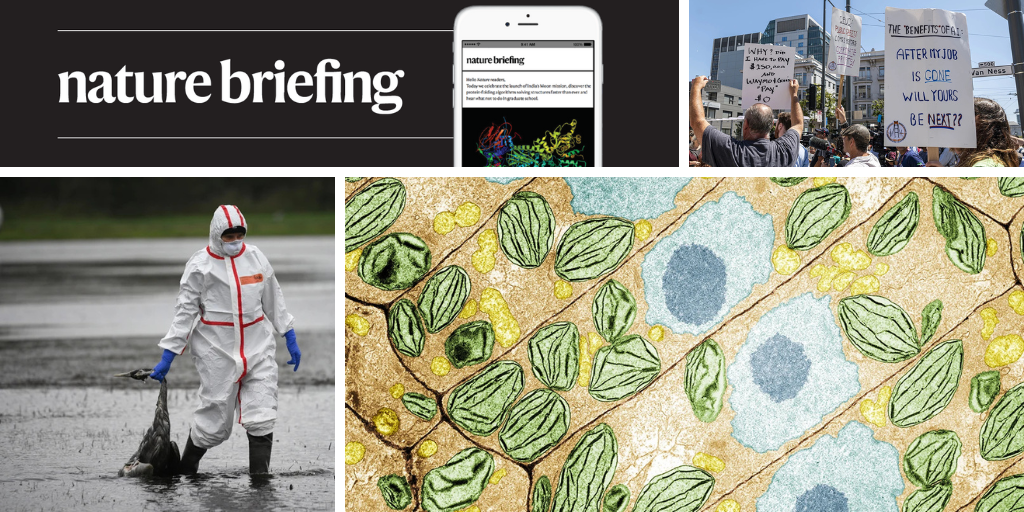
"H9N2 avian influenza has the potential to cause a human pandemic and needs closer surveillance, said clinical microbiologist Kelvin To at a pandemic research conference yesterday. Scientists have found no evidence of person-to-person transmission of H9N2, but To and his team found that version of the virus collected in 2024 showed improved binding to receptors on human cells compared with a 1999 sample, which means it has adapted to spread among people."
"Soil cores capturing more than 7,000 years of sediment layers suggest that early Mesopotamians might have taken advantage of tidal waters to irrigate their crops. If tides pushed a regular, reliable supply of fresh water up the Tigris and Euphrates rivers, it could solve the chicken-and-egg problem of which came first: the earliest cities or the complex irrigation projects that kept them fed."
H9N2 avian influenza shows improved binding to human-cell receptors in 2024 samples compared with a 1999 sample, indicating adaptation toward human transmission while no sustained person-to-person spread has been observed. Mild infections may make H9N2 more prevalent and under-detected relative to H5N1, suggesting the need for closer surveillance. A 70-year-old marine biologist, Leonid Pshenichnov, was detained in Russian-occupied Crimea amid concerns that his krill-population research and planned conference attendance could threaten a krill-fishing industry. Soil cores over 7,000 years indicate that tidal waters may have lifted fresh water up the Tigris and Euphrates, potentially enabling early irrigation and city formation. Understanding of the plant cell wall is expanding, revealing more complex functional roles in plants.
Read at Nature
Unable to calculate read time
Collection
[
|
...
]